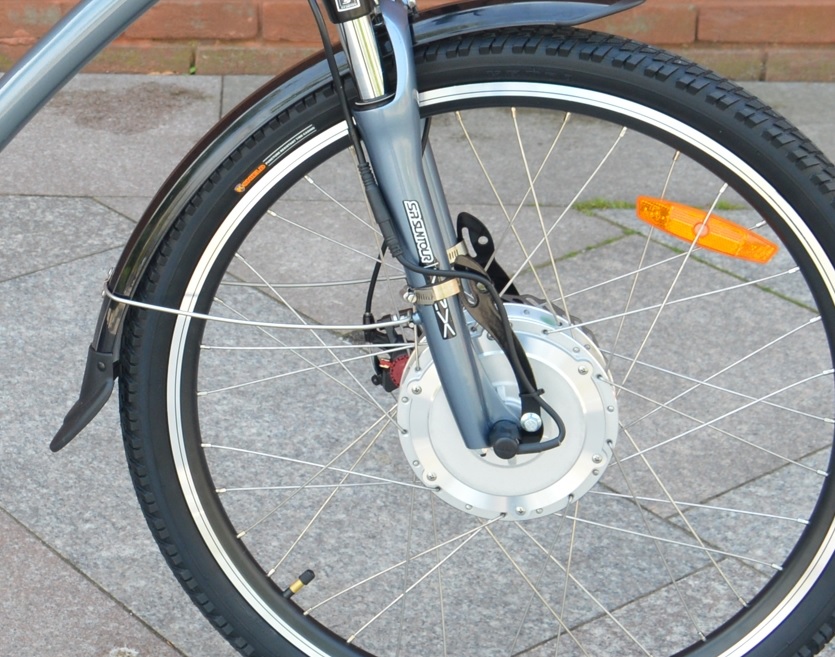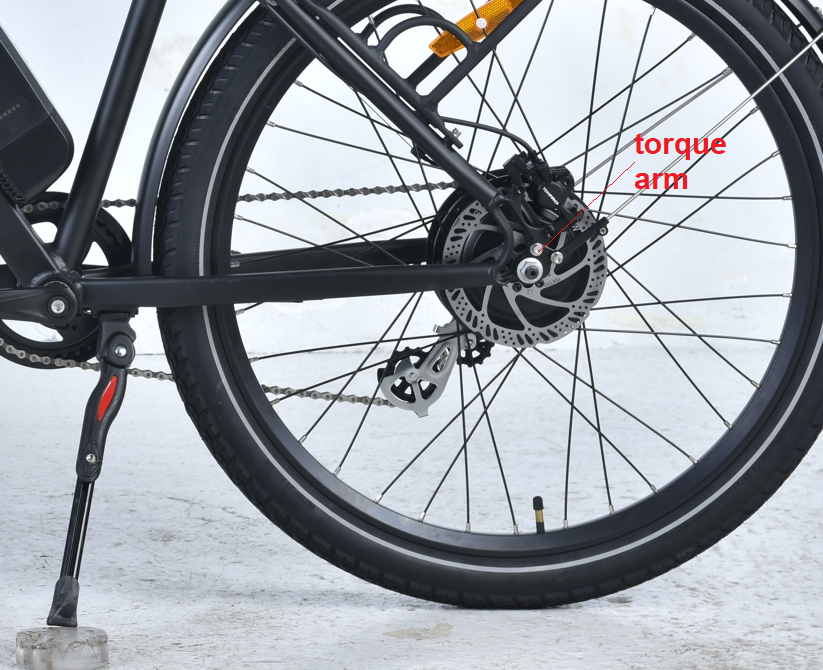They might be steel, but there's not a lot of metal around the axle. 17A is quite a lot. For me, it's just a peace of mind thing.Any particular reason? Everything I’ve read says that torque arms are only usually used on aluminium forks but it’s ok on steel. My forks are steel so thought I’d be ok.
Happy to add one if folks think it worthwhile.
The metal alone is not strong enough to resist the motor's torque. Most of the resistance comes from the friction of the nuts, and if a nut comes loose, the motor will twist its way out of the drop-outs. That will happen if you have lawyers lips on the drop-outs and you didn't centralise the axle, otherwise make sure your nuts are tight and pray that the metal is strong enough.



















